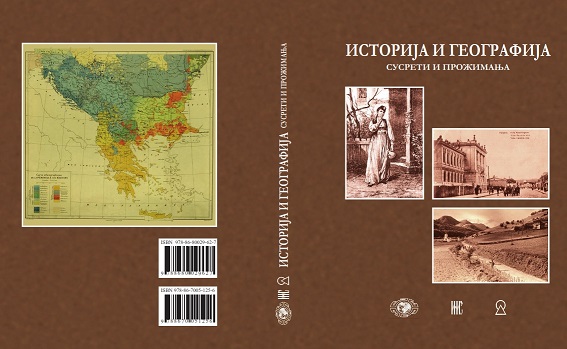Друштвено-географске и економске карактеристике југословенске зоне Јулијске Крајине 1945–1954.
Socio-Geographic and Economic Characteristics of the Julijska Krajina Yugoslav Zone 1945–1954
Author(s): Miljan Milkić
Subject(s): Military history, Political history, International relations/trade, Security and defense, Post-War period (1950 - 1989), Peace and Conflict Studies
Published by: Institut za noviju istoriju Srbije
Keywords: Zone B; military administration; population; transportation; economy; tourism;
Summary/Abstract: By the decisions of the Belgrade and the Devinski Agreement, the territory of Julijska Krajina was divided into Yugoslav zone (Zone B), in which the Yugoslav military administration had the government and the zone in which the Anglo-American military government administered (Zone A). On the basis of the Peace Treaty with Italy, the Free Territory of Trieste was formed, which legally represented internationally recognized state under the protectorate of the United Nations Security Council. The actual situation on the ground was such that the Zone A and Zone B, despite the existence of a common state, continued to evolve independently of each other. The Zone B was in the period from 1945 to 1954 turned toward Yugoslavia in all segments. In the Zone B lived Slovenian, Italian and Croatian population. All three nations had their own schools and cultural centres. Transport infrastructure in the Zone B was poorly developed and the traffic was usually carried out by sea routes. Economic development of the Zone B was significantly dependent on the assistance of Yugoslavia. Trade and international exchange of the Zone B was related to trade with Yugoslavia and to a lesser extent to the Zone A. At the end of this period, in October 1954, the Zone B was formally connected to Yugoslavia.
Book: Историја и географија: Сусрети и прожимања
- Page Range: 105-122
- Page Count: 18
- Publication Year: 2014
- Language: Serbian
- Content File-PDF

